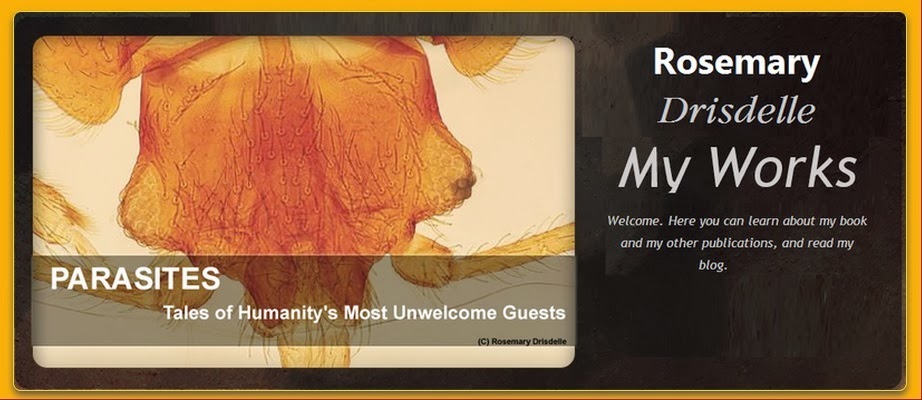This definition has always seemed so vague to me as to be virtually useless. Though there are some pathogens that only infect humans and can only be transmitted from human to human, they must be in the distinct minority. I’ve tended to think of a zoonosis as a disease of animals that can incidentally be transmitted to humans, thus excluding diseases that are common in humans. That others have made this distinction also is illustrated by statements such as this: “it is not a true zoonosis… it is endemic in humans, rather than periodically penetrating human populations from an animal reservoir…” (Mark Wheelis, Principles of Modern Microbiology, 2008).
Consider the beef tapeworm, Taenia saginata. The adult, sexually reproducing stage of this parasite – the tapeworm we are familiar with – lives in the intestines of humans, but we acquire it by eating the larval form in rare beef. We cannot get a beef tapeworm directly from another infected person, but is this a disease of animals? Since we have the adult worm, isn’t this more a parasite of humans passed to animals? (This would be an anthroponosis.)
[caption id="attachment_268" align="alignleft" width="300" caption="Cows get Taenia saginata from people"]
 [/caption]
[/caption]Giardia lamblia, agent of ‘beaver fever’ is another example. Sure, beavers carry it and pass it to people, but who had Giardia first, people or beavers?
If we go with Wheelis’ implied definition - a disease not endemic in humans, but which is transmitted to humans from animals periodically - we are left with many fewer pathogens. This would include parasites like Baylisascaris procyonis, an intestinal roundworm of raccoons that can be fatal in humans. These are things we only come in contact with rarely, by virtue of our lifestyles and cultural separation from nature. Presumably if we still lived the hunter-gatherer life, and ate more of our food raw, we’d be naturally exposed to these things sporadically just as other animals are.
But wait. Doesn’t that create a contradiction? A zoonosis is supposed to be passed from animals to humans under natural conditions; but, doesn’t that mean a zoonosis is only a zoonosis because we live our lives in unnatural conditions?

